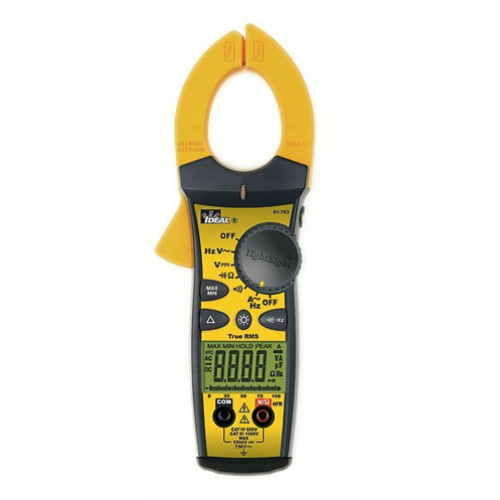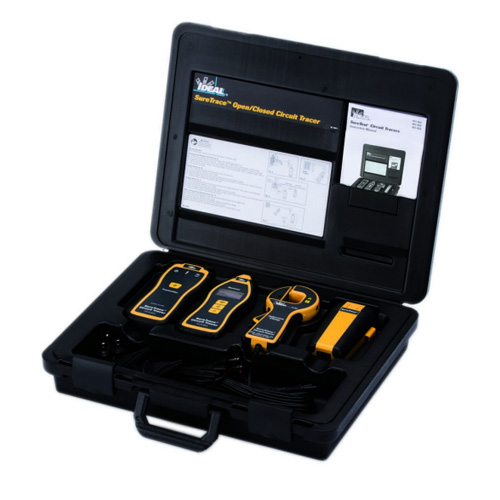The scope of 61010-1 was first published in 1990 and then was updated in 2001. That was superseded by the 2010 edition, followed by the 2019 update, to reflect advances in technology. It specifies general safety requirements for electrical equipment intended for professional, industrial process, and educational use, including equipment and computing devices for:
- • measurement and testing
- • control
- • laboratory use
The scope of the latest standard includes changes and updates for wireless communication, protection against electrical shock, and the use of equipment in hazardous environments.
There is a greater emphasis on risk assessment and management, with potential hazards identified and addressed before equipment is used. There is a focus in the 2019 update for equipment that is powered by alternative energy, such as wind turbines and solar panels. There are requirements outlined that had been updated since the prior edition for ionizing radiation, such as x-ray machines. Equipment for non-ionizing radiation, including lasers, were also touched on.
The scope also makes it clear that this standard does not apply to most Information Technology Equipment. In fact, it also states that computing equipment that falls under the scope of IEC 60950-1, and which complies with that standard, can be used with equipment within the scope of this standard. However, some IT equipment that is laboratory related to measurement and testing, may fall under this standard. Some equipment may also be subject to both standards.
CREEPAGE DISTANCE AND CLEARANCE
IEC 61010-1 has a greater emphasis on creepage distances than IEC 60950-1. Creepage is the shortest distance along the surface of an insulating material between two conductive parts, measured along the surface of the insulating material. IEC 60950-1, on the other hand, has a greater emphasis on clearance distance requirements, with that number normally higher. Clearance distance is the shortest distance between two conductive parts that are not separated by an insulating material.
INSTALLATION MANUAL
Most standards refer to the operator’s manual. 61010-1 makes review of the manual essential. Before testing and examination of the equipment can commence it is essential that the operating altitude and operating ambient be carefully considered.
The standard contains correction factors for increased clearances (not creepage distances) when the equipment is specified for use above 6,562 feet (2,000 meters) above sea level.
| Altitude feet (meters) | Factor |
|---|---|
| Up to 6,562 (2,000) | 1.00 |
| 6,562 to 9,842 (2,001 to 3,000) | 1.14 |
| 9,842 to 13,123 (3,001 to 4,000) | 1.29 |
| 13,123 to 16,404 (4,001 to 5,000) | 1.48 |
The difficulty is that many products use power supplies tested to 60950-1 and these typically are not examined for the additional clearances required at higher altitude. You need to consider your specified altitude since this can cause significant problems in determining the acceptability of components.
HUMIDITY CONDITIONING
The humidity test is generally considered less severe than the test used in 60950-1 in that the unit is conditioned at 104°F (40°C) for 48 hours and then left at room ambient for two hours before testing and the test is at a lower voltage. The difference is that for some tests, the entire unit must be put in the humidity chamber — a significant problem for large equipment.
TEMPERATURE RATING
All equipment must be tested for normal and abnormal operations at ambient temperatures not less than between 41°F and 104°F (5°C and 40°C), unless it is called for by the manufacturer.


